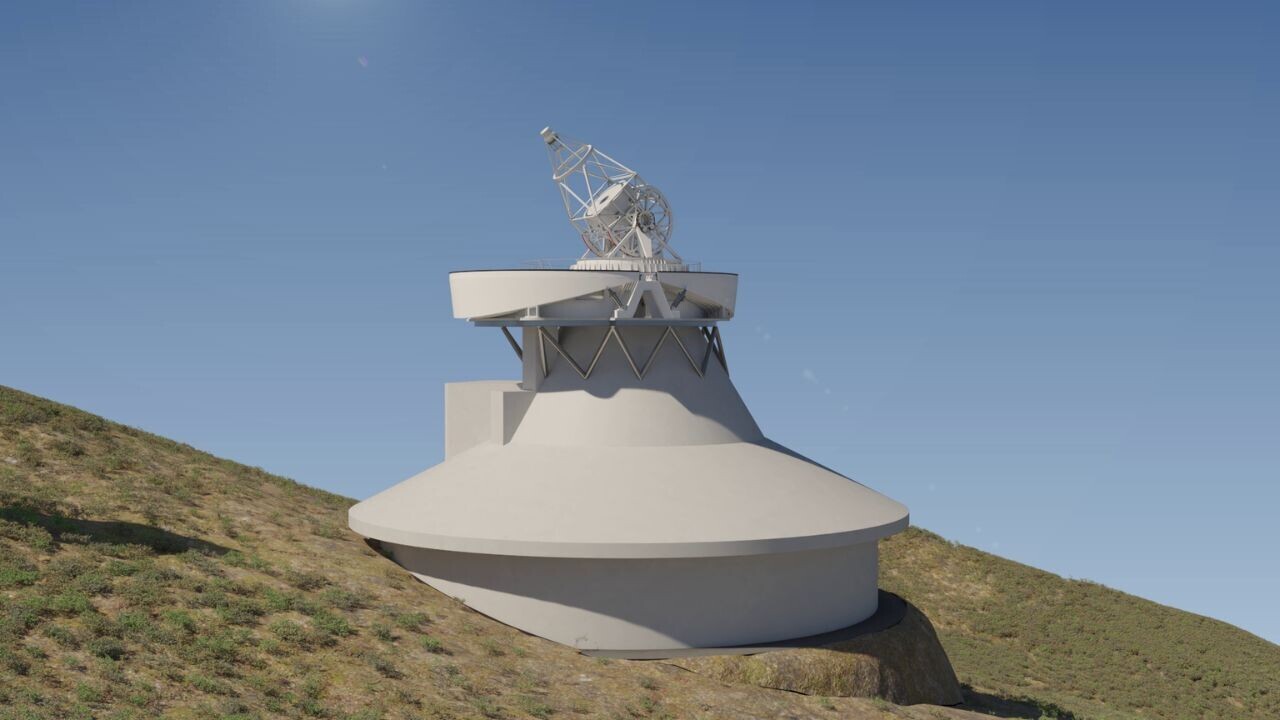
Seven European countries have joined forces to begin construction of the European Space Telescope (EST) — the largest of its kind to ever be built in the continent.
On Tuesday, nine research institutions from the participating nations (Czechia, Germany, Slovakia, Spain, Sweden, Switzerland, and the UK) established the EST Foundation, which committed to lead the project in the next phase of development.
The new body will also see to the creation of a European Research Infrastructure Consortium (ERIC) — the legal entity responsible for overseeing all aspects of the telescope’s construction and operation.
The EST is a large-aperture solar telescope, featuring a 4.2-metre primary mirror. It’s been designed to help deepen our understanding of the sun by observing its magnetic fields in unprecedented detail.

Specifically, the telescope will be able to examine the magnetic and dynamic coupling of the solar atmosphere, while capturing the interactions between the sun’s different atmospheric layers. It will also enable simultaneous observations across multiple wavelengths, allowing for a higher efficiency than any existing solar telescope.
This way, the EST is expected to yield invaluable insights into the mechanisms behind solar flares and coronal mass ejections. These phenomena determine the so-called “space weather,” which affects the efficiency of technologies such as satellite navigation, power grid operation, and broadcasting.
“The EST will be the biggest ground-based solar telescope constructed in Europe and will keep its European partners at the forefront of solar physics research,” said Robertus von Fay-Siebenburgen, Professor at the University of Sheffield, one of the participating institutions.
“This kind of unrivalled research infrastructure will provide European astronomers and plasma-astrophysicists with an extraordinary tool for observing the sun and its space weather, one that will pave the way for scientific advancements in some of the world’s biggest and most important challenges, such as the development of green fusion energy.”
The establishment of the EST Foundation follows the recent completion of the telescope’s preliminary design phase, which was funded by the Horizon 2020 programme. After an estimated six-year-long construction period, the European Space Telescope will begin operations in 2028-2029. It will be built in the Roque de los Muchachos Observatory, located in La Palma, Spain.
Get the TNW newsletter
Get the most important tech news in your inbox each week.




